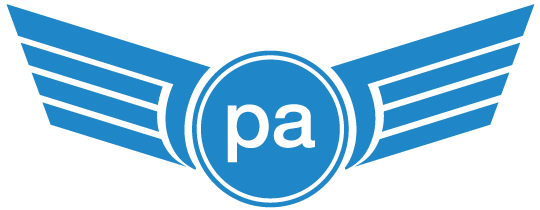Language proficiency is crucial in the aviation industry, as clear and effective communication is vital for ensuring safety and efficient operations. The International Civil Aviation Organization (ICAO) has established language proficiency requirements that are observed by the European Union Aviation Safety Agency (EASA) for various licenses, including Private Pilot License (PPL), Commercial Pilot License (CPL), and Airline Transport Pilot License (ATPL). These requirements apply to both Visual Flight Rules (VFR) and Instrument Flight Rules (IFR) pilots.
ICAO Language Levels:
ICAO has defined six levels of language proficiency, ranging from Level 1 (Pre-Elementary) to Level 6 (Expert). The minimum level required for pilots and air traffic controllers is Level 4 (Operational).
Validity Period: The validity of the language proficiency endorsement varies depending on the achieved level:
Testing Criteria:
EASA, as the aviation regulatory body for the European Union, ensures that the ICAO language proficiency requirements are implemented and adhered to within its member states. This includes:
Language proficiency checks are an essential aspect of ensuring safety and efficient communication in the aviation industry. By adhering to ICAO language proficiency requirements and EASA’s oversight, pilots and air traffic controllers can guarantee clear and effective communication, contributing to safer skies for all.
